Many process engineers struggle with flow measurement accuracy because they don’t understand the importance of K-factor calibration.
K-factor is a calibration constant that represents the number of pulses a flow meter generates per unit volume of fluid, typically expressed as pulses per gallon or liter.
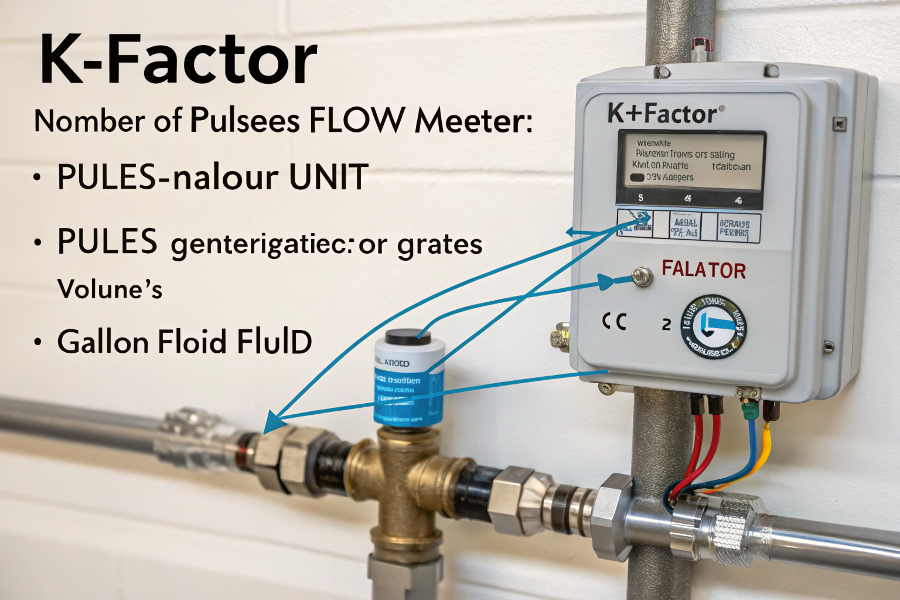
Flow Meter K-Factor Explanation
Let me share my experience with K-factor calibration and its impact on measurement accuracy.
What is the K-factor of a Flow Meter?
Incorrect K-factor settings lead to measurement errors that can cost thousands in product loss or billing discrepancies.
A flow meter’s K-factor is the number of electronic pulses it produces for each volumetric unit of fluid passing through it, commonly ranging from 100 to 10,000 pulses per gallon.
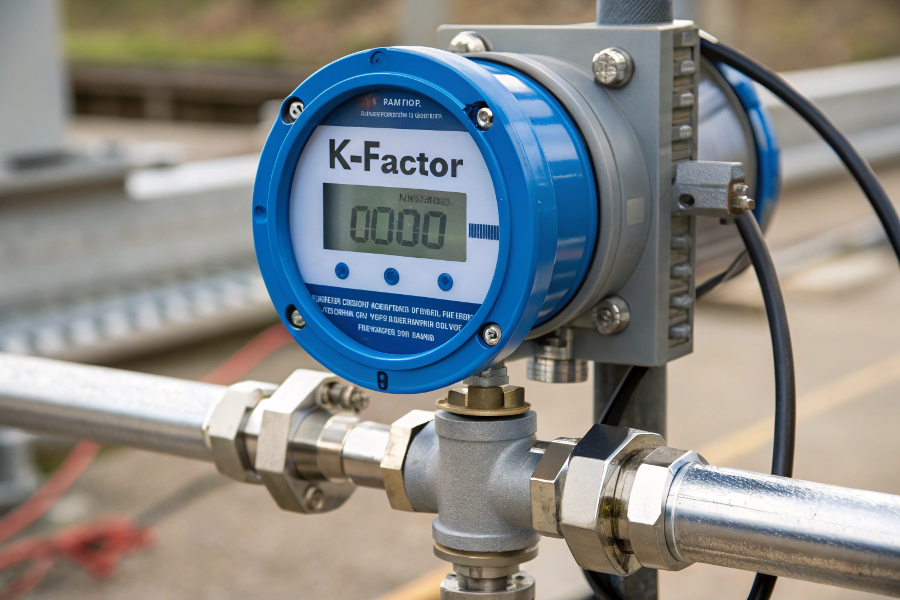
K-Factor Measurement Process
From my calibration experience:
K-Factor Determination
-
Measurement Basics
Meter Size Typical K-Factor Range Resolution 1/2 inch 8000-12000 ppg ±0.5% 1 inch 4000-8000 ppg ±0.3% 2 inch 1000-4000 ppg ±0.2% 4 inch 100-1000 ppg ±0.1% -
Influencing Factors
- Meter design
- Flow range
- Fluid properties
- Operating conditions
Calibration Process
-
Standard Methods
- Laboratory calibration
- Field verification
- Comparative testing
- Statistical analysis
-
Documentation Requirements
- Calibration certificates
- Test conditions
- Traceability records
- Uncertainty calculations
Proper calibration ensures accuracy.
What Does K-factor Mean?
Engineers often misinterpret K-factor’s significance in flow measurement systems.
K-factor represents the relationship between flow meter output signals and actual fluid volume, serving as a conversion factor for accurate flow calculation.
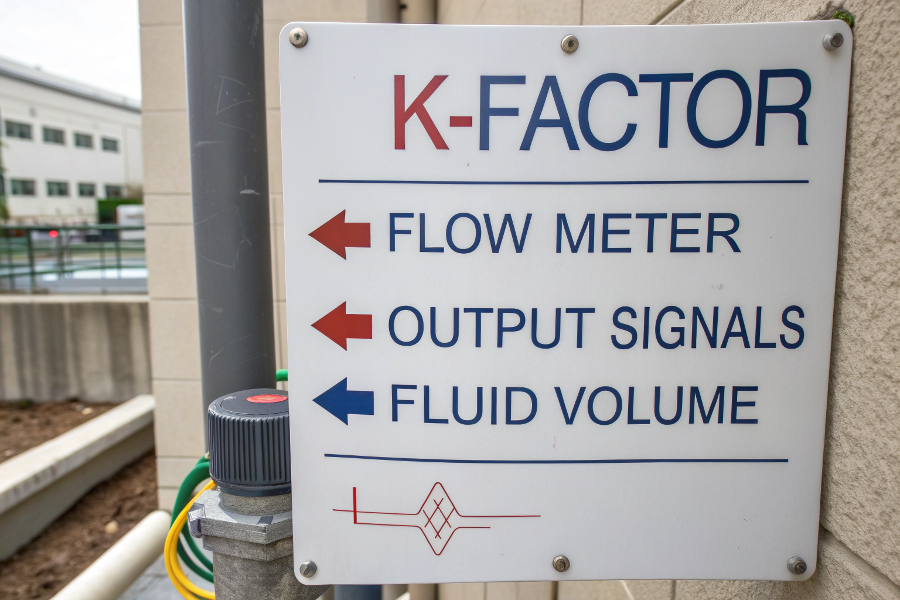
K-Factor Definition Diagram
Based on my technical expertise:
K-Factor Components
-
Signal Analysis
Component Purpose Impact Pulse count Flow detection Primary measurement Time base Rate calculation Speed reference Volume unit Standardization Conversion basis Correction factors Compensation Accuracy improvement -
Mathematical Relationship
- Pulse frequency
- Flow rate correlation
- Linear response
- Error analysis
Practical Applications
-
Usage Areas
- Custody transfer
- Process control
- Quality assurance
- Research applications
-
Implementation Considerations
- Signal processing
- Data conversion
- System integration
- Maintenance planning
Understanding meaning improves application.
What is the K-factor of the Flow Coefficient?
Many technicians confuse K-factor with flow coefficient, leading to calculation errors.
The flow coefficient K-factor relates actual flow rate to theoretical flow rate, considering fluid properties and system characteristics.
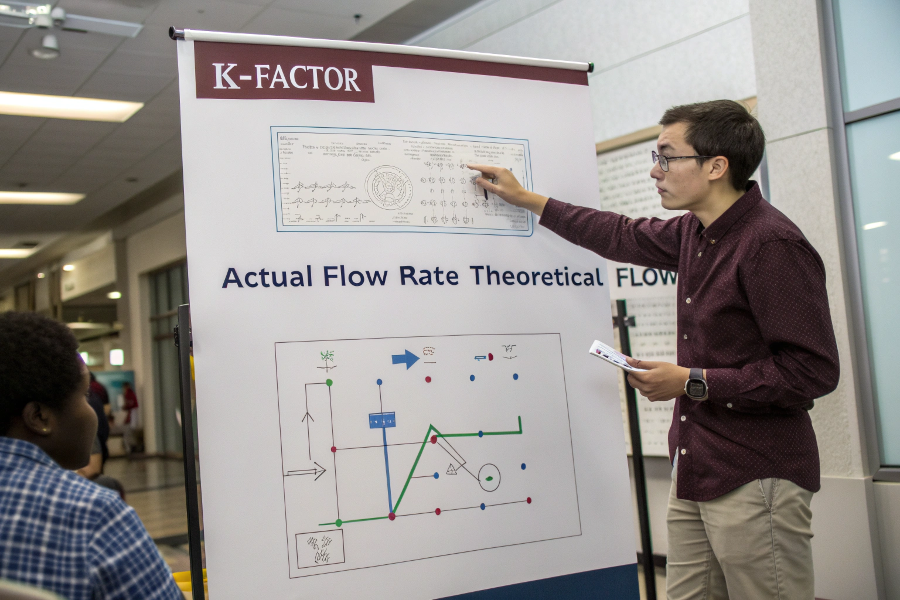
Flow Coefficient Calculation
Here’s what I’ve learned:
Flow Coefficient Analysis
-
Component Relationships
Parameter Influence Calculation Impact Pressure drop Direct Flow rate determination Fluid density Indirect Mass flow conversion Viscosity Variable Reynolds correction Temperature Indirect Property adjustment -
Application Factors
- System geometry
- Installation effects
- Operating conditions
- Fluid characteristics
Calculation Methods
-
Standard Procedures
- Theoretical analysis
- Empirical testing
- Comparative studies
- Statistical validation
-
Correction Requirements
- Temperature effects
- Pressure influence
- Viscosity impact
- Installation factors
Accurate coefficients ensure reliability.
What is the K-factor Correction?
Inaccurate K-factor corrections can lead to significant measurement errors and process control problems.
K-factor correction adjusts the base K-factor for variations in operating conditions, fluid properties, and installation effects to improve measurement accuracy.
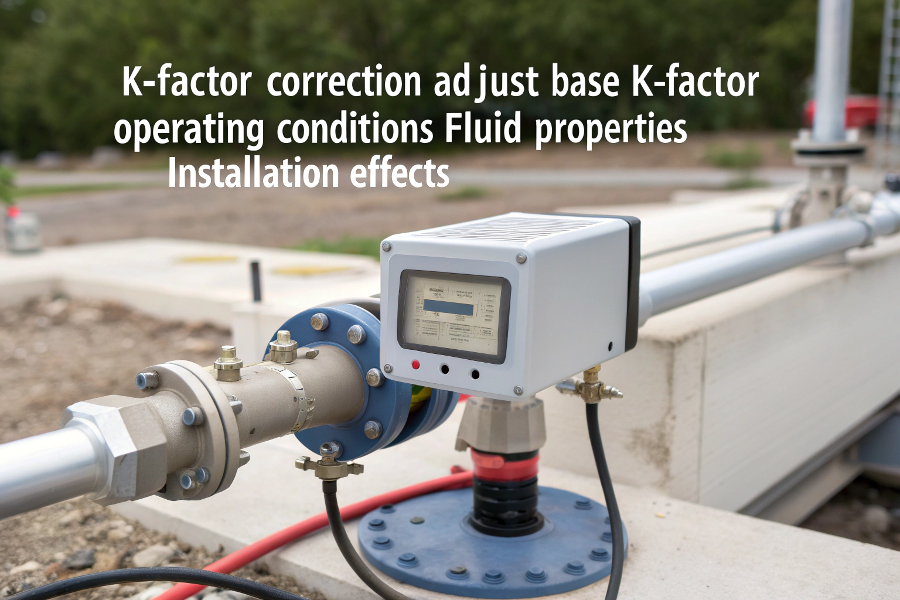
K-Factor Correction Process
From my field experience:
Correction Procedures
-
Adjustment Factors
Factor Purpose Application Temperature Thermal effects Property changes Pressure Density impact Flow conditions Reynolds number Flow regime Linearity Installation Position effects System influence -
Implementation Steps
- Data collection
- Analysis process
- Calculation methods
- Verification procedures
Verification Process
-
Testing Requirements
- Standard conditions
- Operating ranges
- Accuracy needs
- Documentation requirements
-
Quality Assurance
- Validation methods
- Error analysis
- Performance monitoring
- Regular review
Proper correction ensures accuracy.
Conclusion
Understanding and properly applying K-factor concepts, including calibration, correction, and relationship to flow coefficients, is essential for achieving accurate flow measurements in any application.
